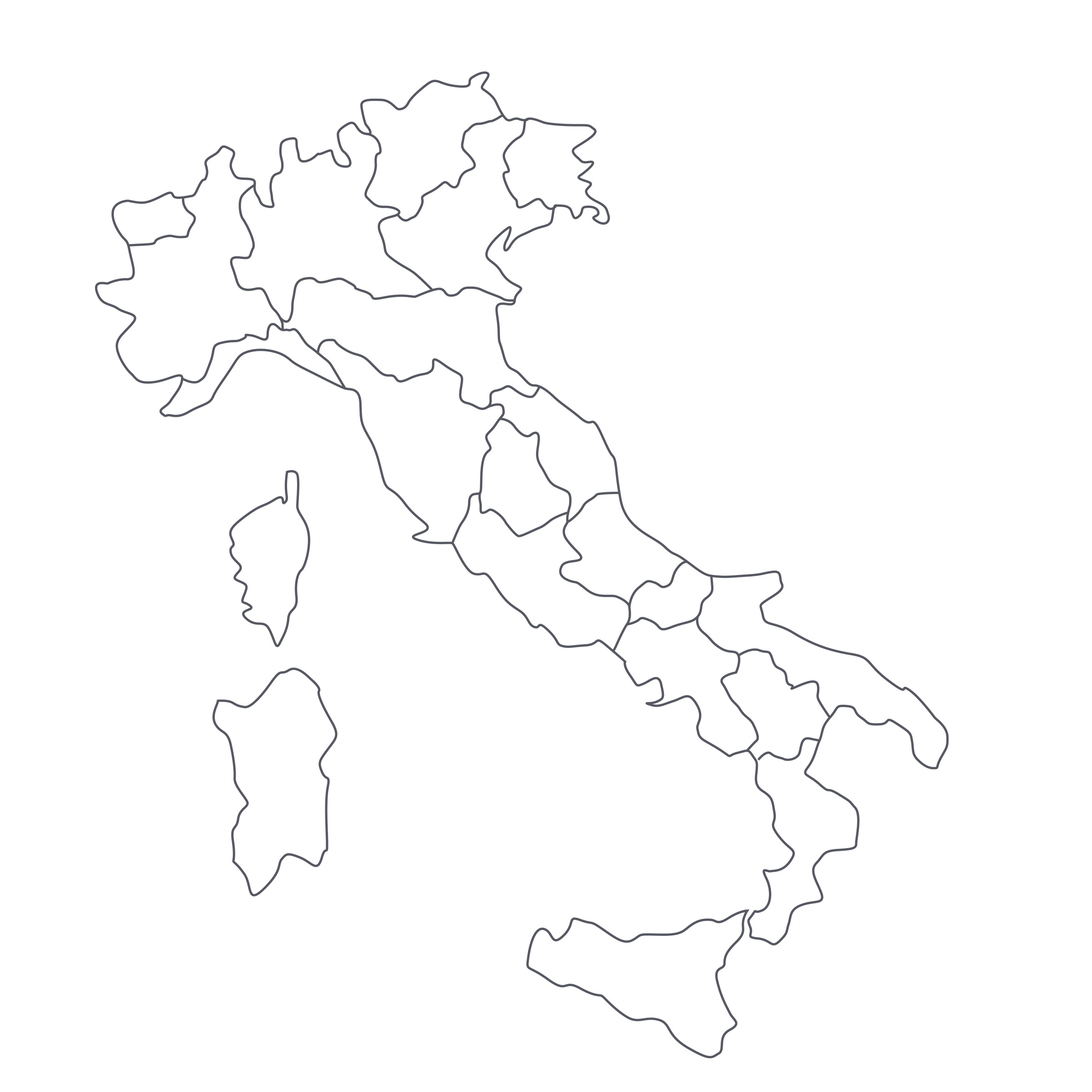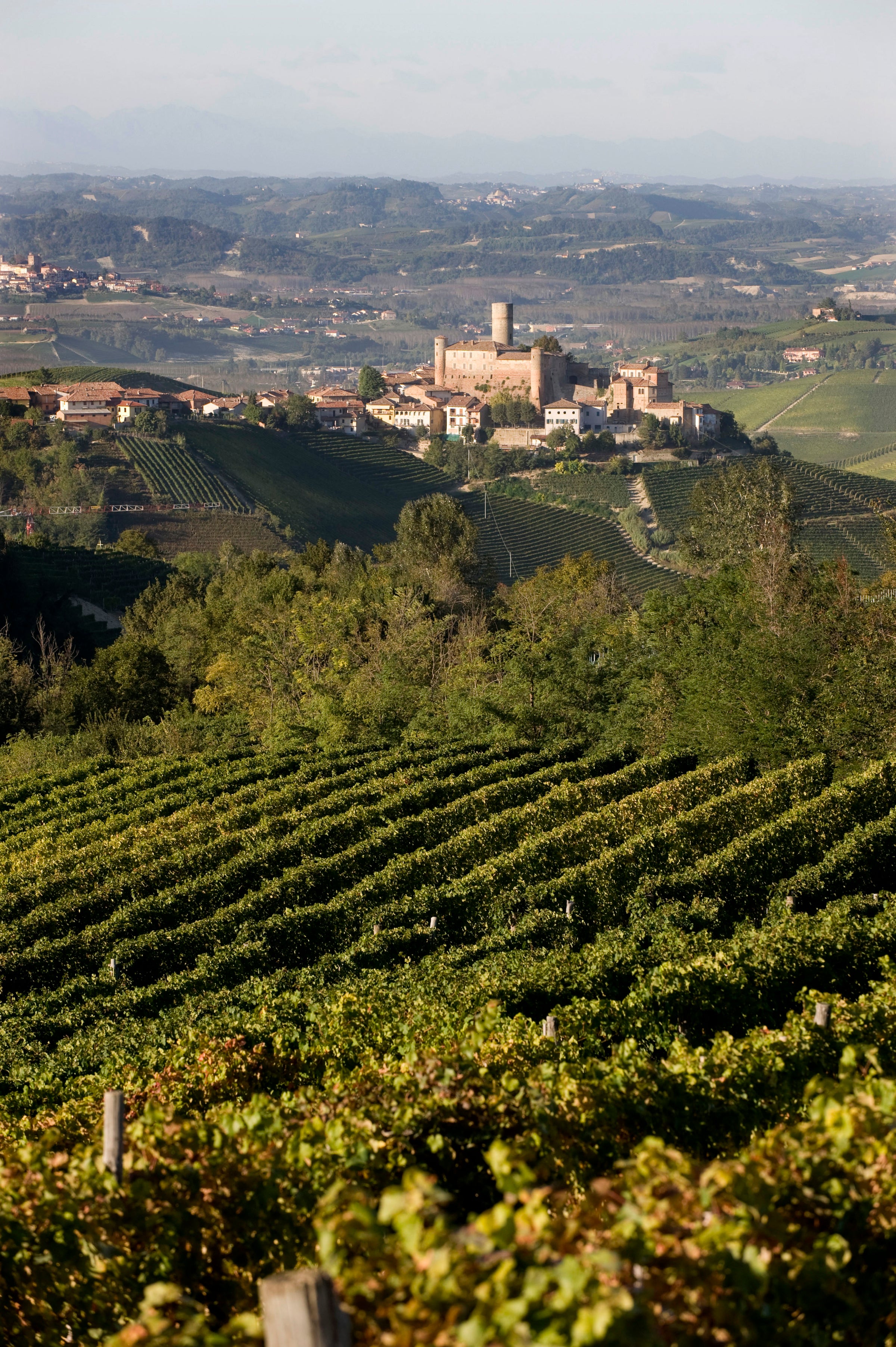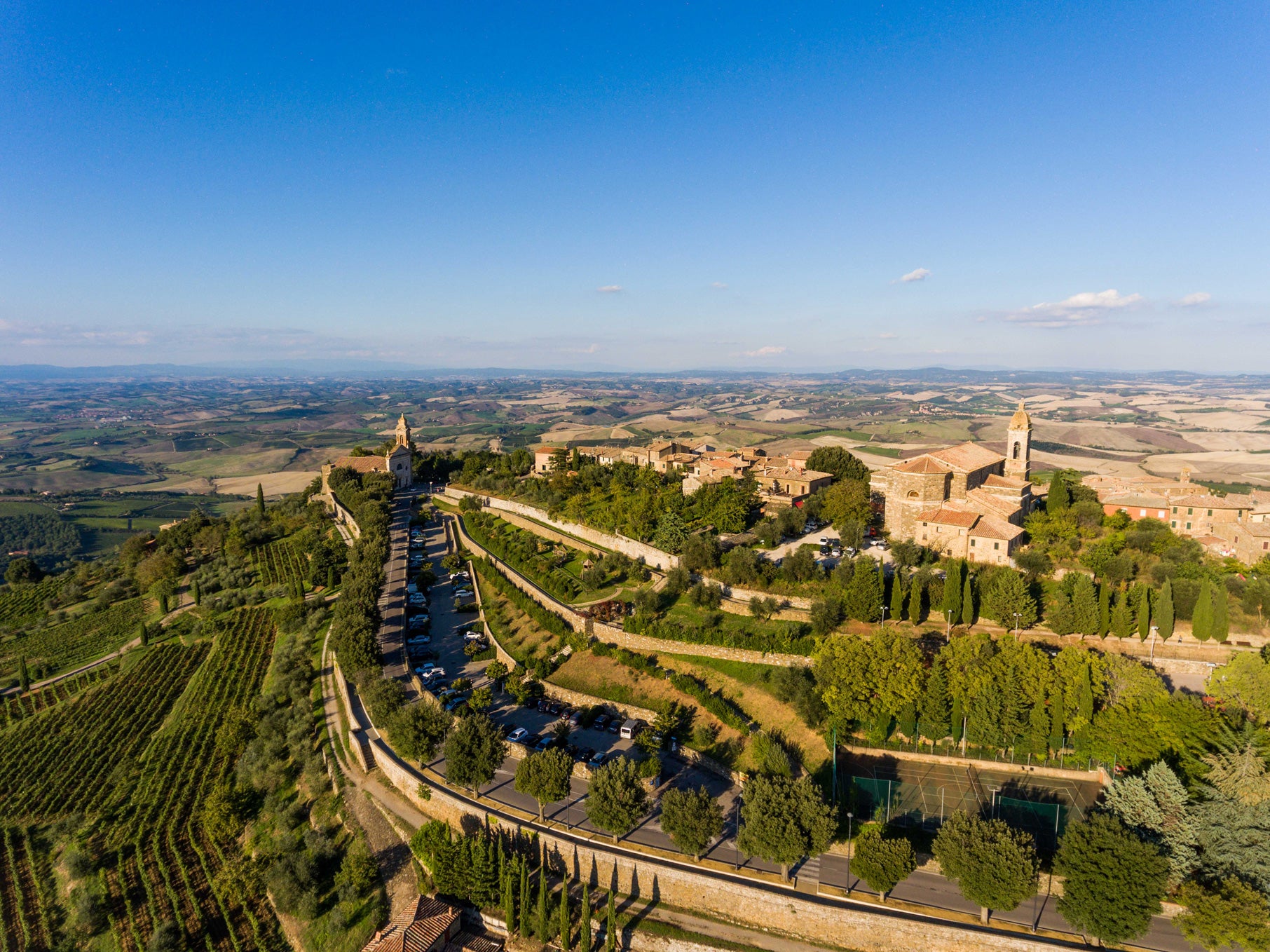This powerful red from Campania, in southern Italy, is presented by SommSelect Editorial Director David Lynch. Find a place in your cellar for a few bottles of this: you'll be very glad you did!
We’ve received quite a few requests lately for more wines from Southern Italy among our daily offers. Yes, we’ve covered Sicily—and especially Mount Etna—pretty thoroughly, but one of the things I’ve been keen on doing since joining SommSelect is take a deeper dive into Taurasi. The Taurasi appellation is in central Campania, a solid hour east of Naples, where the landscape rises toward the Apennine mountains that form the spine of the Italian peninsula. Historically, this has been the most important red wine appellation in all of southern Italy, nicknamed “The Barolo of the South” for the longevity of its wines, which are crafted predominantly from the native Aglianico grape. I’ve argued in this space that Aglianico is Italy’s third “noble” grape variety, following Nebbiolo and Sangiovese, and I’ll happily put up this 2007 Taurasi from Michele Perillo as proof of this assertion. This is a brooding, exceptionally powerful red wine from a grape that turns everything up to 11—big tannins, big acid, big color, big extract. There are some kindred qualities to Malbec, and to Syrah, and yet Aglianico is ultimately darker, more savory, and more structured than either. This wine has almost a decade under its belt and it is just now starting to reveal itself—there’s no doubt it has a long way still to go. Rarely if ever will you encounter a Taurasi in an auction catalog or any other listing of “fine and rare” wines, which, while I’m inclined to lament it, is actually okay with me—I’m happy to lay this wine down at this price, because I’m doing so to drink it, not re-sell it. By that measure, this is an exceptionally collectible wine, and it’s not the only one from this historic terroir.
I’ll confess that this is not really the season for this wine. It is a burly, darkly concentrated red I would prefer to drink after shoveling a driveway in the middle of January. If you decide to take some now—which I can’t recommend strongly enough—set it aside for winter. The effect of this wine on a cold day is akin to that of a can of spinach on Popeye—it’s a fortifying, full-body experience.
But I want to be careful not to characterize this Taurasi, or the Aglianico grape, as all brawn and no brains. Yes, it’s tannic, often prohibitively so in its youth (like Nebbiolo), but there’s also incredible aromatic complexity (like Nebbiolo) that sets it apart from most other “big” reds. And unlike both Nebbiolo and Sangiovese, Aglianico boasts greater concentration of fruit and color, without skimping on acidity. In short, it’s a grape that has a lot of everything, and while it is indeed muscular, it’s also nimble and nuanced.
Michele Perillo and family farm about 6 hectares of vineyards in Castelfranci, in the southeast corner of the Taurasi appellation, where vineyard altitudes reach up to 500+ meters (the highest elevations in the zone). For the longest time, Taurasi was more or less defined by one producer—Mastroberardino, whose 1968 Taurasi is one of Italy’s most legendary wines and one of the few southern Italian reds to pop up in the “fine and rare” universe—and only recently have smaller growers like Perillo grown their profile (he released his first bottled wines in 1999, after years of selling grapes to others). Climbing toward the Apennines, and often interspersed with chestnut groves at higher elevations, the vineyards are a mix of calcareous marls and volcanic soils, the latter credited with lending the wines their distinctive smokiness. One of the trademark scents of Aglianico for me is that of pipe tobacco, though I’ll reserve judgement as to whether that’s derived from the soil.
One of the reasons Taurasi was nicknamed “The Barolo of the South,” meanwhile, is that the two wines have similar minimum aging requirements as defined by DOC(G) law. In years past they were almost identical, but revisions over the years have differentiated them somewhat: Taurasi, by law, must be aged a minimum of three years before release, with a minimum of one year in wood (compared to 38 months/18 months for Barolo these days). The Perillos greatly exceed these minimums as a matter of course: This 2007 spent two years in oak (a mixture of used barriques and much-larger vessels) and at least that long in bottle—only recently did its US importer take delivery of the wine, which, like many of the great Gran Reserva Riojas we offer here, was essentially aged for you, in ideal cellar conditions, before it was shipped.
And this 2007 still has a long life ahead of it. In the glass it remains a deeply concentrated garnet with black/blue/magenta highlights and very little bricking. The assertive, complex aromatics jump out of the glass and almost snap your head back—not with alcohol heat, mind you, but with a dark-toned potpourri that includes ripe blackberry, mulberry, pomegranate, tar, cocoa, dried herbs, smoked meat, and a pronounced cigar box/tobacco leaf savor. Full-bodied yet lively on the palate—the acidity no doubt owes at least in part to the higher altitudes (and cooler temperatures) of the vineyards—it’s a red that demonstrates how a longer growing season adds layer upon layer of complexity. Aglianico is often harvested as late as November down here (and in nearby Monte Vulture, in Basilicata, another stronghold for the grape), and it shows in the profound depth of the wines. Still, as powerful as this wine is, it’s not a monolith—the acidity gives it great energy and drinkability, and the alcohol is rather moderate given the overall palate weight. I should be able to hold out until Thanksgiving or so before opening one, and when I do I’ll decant it for at least an hour before serving at 60-65 degrees in large Bordeaux stems. I bet it’ll be glorious when my 10-year-old son graduates from high school, and even more so when he gets out of college—it’s really hard to put an end date on it, to be honest. When it comes to food for this wine, do not be shy: a really hard sear on a well-marbled ribeye steak would be in order, as would some braised short ribs. The attached recipe is a go-to for me, and this wine is nothing short of an Italian icon. It’s a place, and a producer, that need to be on your radar. Don’t miss it!
—D.L.




